
Greater horseshoe bat – hanging around at CAT
January 29, 2021Home » Greater horseshoe bat – hanging around at CAT
The recent discovery of a greater horseshoe bat at the Centre for Alternative Technology is further evidence of the northward expansion of the species’ range. Dulcie Fairweather explores the implications.
On a dreary December day last year, an unexpected discovery here at CAT has enlivened hopes for one of Britain’s rarest mammals – the greater horseshoe bat.
The hibernating individual was found by licensed ecologist Anthony Hodges of Glas y Dorlan Ecology when carrying out a survey of an existing lesser horseshoe roost.
The sighting comes a decade after a greater horseshoe bat was last recorded in the area around CAT, and raises the possibility of a nearby summer roost – a very interesting prospect.
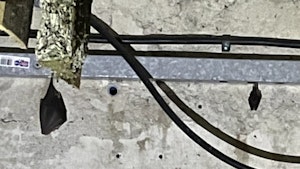
A specialist hunter
Greater horseshoes are roughly the size of a small pear, with a wingspan of up to 40cm and a weight of around 30g (the equivalent of three pound coins!). These fascinating bats have been known to live up to 30 years, and have the longest recorded age of any European bat.
The species takes its name from its complex horseshoe-shaped noseleaf, used for its echolocation system to navigate and to locate prey. Their diet consists of moths, beetles, caddisflies, craneflies and gnats which they catch by low-flying hunting. Their behaviour is similar to flycatchers (another species that makes a home at CAT) as they watch from a regular perch and then fly to snatch passing insects. Large prey is taken back to the feeding perch, with fallen insect remains most evident in spring or autumn.
In winter, the species will use caves, disused mines, cellars and tunnels as hibernation sites. Our greater horseshoe was located in a disused heater control room which has proved popular among the lesser horseshoes that had already taken up residence. Bats, in their search for suitable temperatures, will wake from hibernation at frequent intervals. In fact, movements of 30km between sites have been recorded.
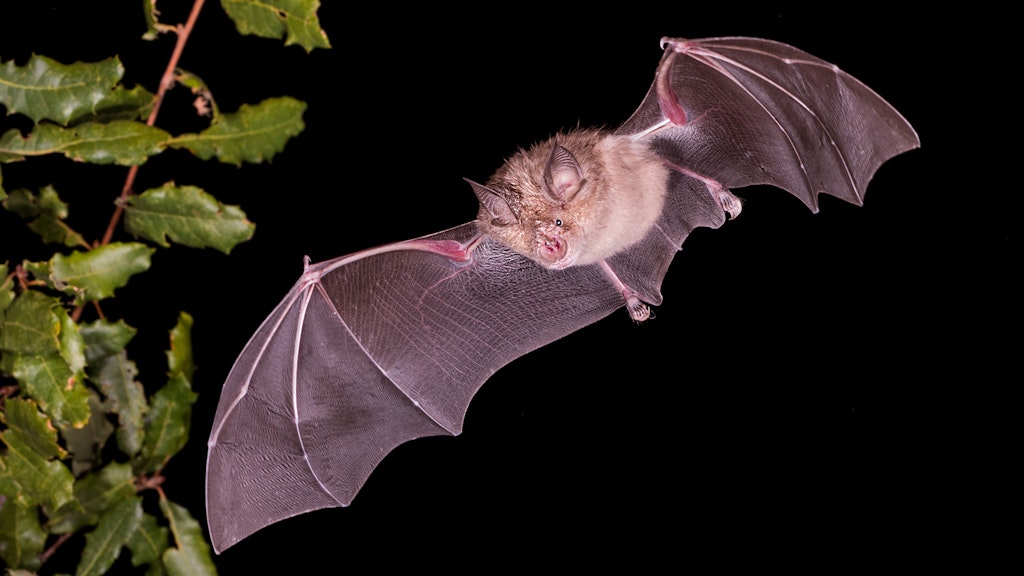
Under threat
It’s thought that greater horseshoe bats have declined by as much as 90% in the last 100 years and remaining populations are localised and scarce. The major threats facing these rare bats are the loss of roost sites and foraging areas. They require a range of buildings for activities such as mating, breeding and night roosting. Unfortunately, these pivotal roost sites are lost when buildings (particularly those associated with farms) are converted or become derelict. Disturbance at their nursery and winter roosts is another source of vulnerability to the greater horseshoe as they, like all bat species, are extremely sensitive to any interference. To protect greater horseshoe bat colonies, these roosts need to be carefully protected and entrance holes left unobstructed.
Bats and their roosts are fully protected under the Wildlife and Countryside Act 1981, this makes it an offence (without a licence) to disturb roosting bats.
Intensive agricultural practices, notably the reduction of permanent pasture, has negatively impacted the species’ foraging habitats. The removal of treelines and hedgerows are detrimental to the bats, as they rely on linear features to navigate. Huge open fields and bleak expanses of tarmac offer nothing to reflect sound, and lead to lost and disorientated flyers. Hedgerows are especially important as they provide shelter and habitat for a diversity of invertebrates that the greater horseshoe predates.
Almost all hunting for insects occurs within 10m of a hedge, so it is vital that there are plenty of hedges in a landscape to support the bats. However, it’s essential that hedgerows are managed in a way that ensures their long-term survival and are in a healthy condition to reach their ecological potential. Greater horseshoe bats may also be at risk from chemicals used on nearby vegetation. As the bats take insects directly from foliage and tend to stay close to or within vegetation cover, they can brush against vegetation or consume insects that have been chemically sprayed or eaten sprayed food.
Greater horseshoe bats favour hedges that mimic woodland edge habitats. The optimum hedgerow for a greater horseshoe bat would offer continuous cover to provide shelter and contain lots of mature hedge trees with overhanging branches.
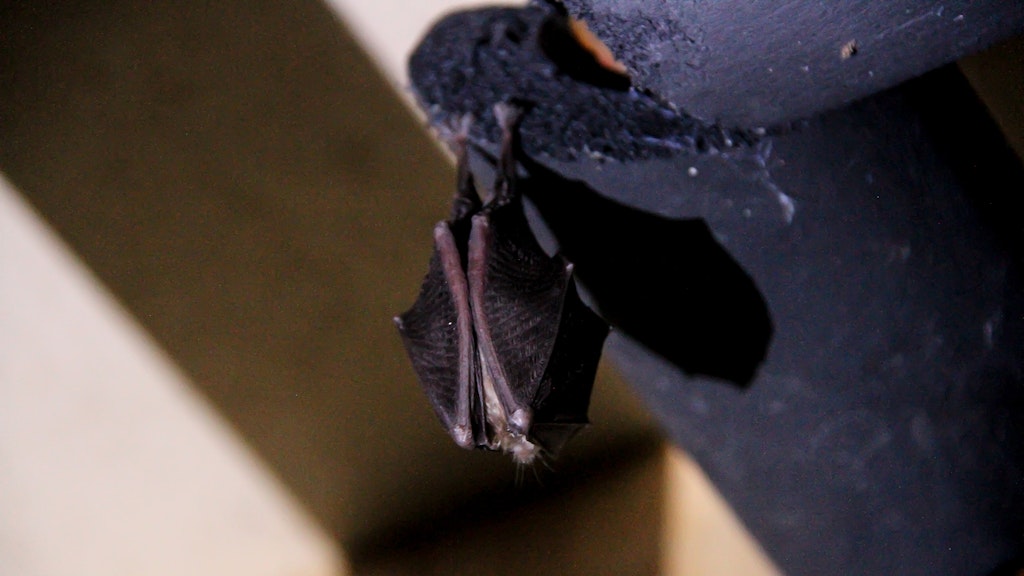
What you can do – go batty!
A few simple steps can make gardens or outdoor spaces more attractive for bats. Gardening for bats can, ultimately, make a real difference to their chances. Regardless of whether they are in urban or rural areas, if given the opportunity bats can and do use gardens – and never has the importance of gardens been more apparent than now.
One tip is to plant flowers that release their scent in the evening to draw in bats looking for an insect-meal. Native wildflower species such as red campion, cornflower, foxglove and yarrow will attract late night pollinators. It is best to grow a wide range throughout the year, as different plants attract different types of insect.
Hanging a bat box in a suitable position can help local populations. Easy to make but also widely available to buy, there are a range of boxes that are species-specific.
You can create microhabitats by making log or leaf piles or maintain a compost heap. Even the smallest of ponds can be a huge boost to the availability of food and will have bats swooping with joy.
Making an effort to reduce light pollution is another helping hand for our bats. Artificial light, such as garden security lighting, or decorative lighting on homes and trees, can have a detrimental effect by affecting the time the bats roost and come out to hunt.
Above all, abandon the pesticides – bats are the masters of nocturnal pest control. Greater horseshoes can easily eat thousands of insects every night – think of all those pesky mosquitoes and midges!
You are more likely to observe bats around sunset and sunrise and they can be seen between March and October. The flight of the greater horseshoe is low and fluttering with brief glides. As with other British bats, they are most readily identified with the use of a bat detector. They utilise long constant frequency echolocation calls at about 82 kHz which is picked up as a continuous warbling.
The bat of CAT
The discovery of a hibernating individual in one of CAT’s buildings is amongst a tiny handful of sightings in mid and north Wales in recent years, with research suggesting that climate change may be expanding their range northwards (Wales is at the northernmost extreme of their global distribution).
Whilst this may be good news for the greater horseshoe, many other species are already seeing the negative impacts of rising temperatures and extreme weather events, including food shortages, habitat destruction and disruption to breeding and migration patterns.
CAT’s mosaic of sensitively managed habitats, combined with careful management of buildings and outhouses, creates the perfect space for bats and other wildlife to thrive. Not only does this help the wildlife where we are, but it also allows us to provide training in the management of woodlands, hedgerows, meadows, water systems and other habitats and in low impact wildlife-friendly building – essential knowledge and skills at a time when conditions are challenging for so many species.
This new find brings the total number of bat species recorded at CAT in recent years to six, including both rare (greater and lesser horseshoes) and more common species (common and soprano pipistrelle, Daubenton’s and brown long-eared bats).
About the author
Dulcie joined the CAT woodland team as Natural Resource and Volunteer Officer in August 2020. She has spent the first few months of her role setting up camera traps and footprint tunnels in preparation for CAT’s hosting of BBC Autumnwatch.
She has a BA (Hons) in Marine and Natural History Photography, a course that devoted heavy emphasis on environmental subjects and concerns.
Did you know that CAT is an educational charity?
Please consider supporting out work by becoming a member today.
- Woodland
- Climate Change
- Nature and Wildlife
- Autumnwatch
- Winterwatch
Related Topics
Related Pages
Related news

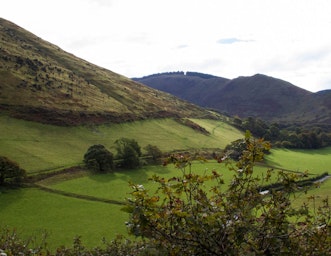
CAT Conversations: Sandy Stevens, CAT graduate
17th April 2025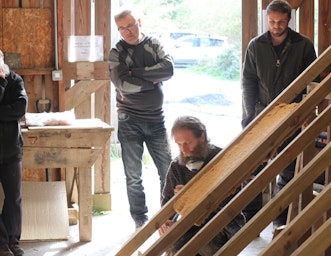
CAT stories – Nick Parsons and Mike Russell
29th January 2025
Why we teach – communicating transformational social change
13th November 2024Email sign up
Keep up to date with all the latest activities, events and online resources by signing up to our emails and following us on social media. And if you'd like to get involved and support our work, we'd love to welcome you as a CAT member.
